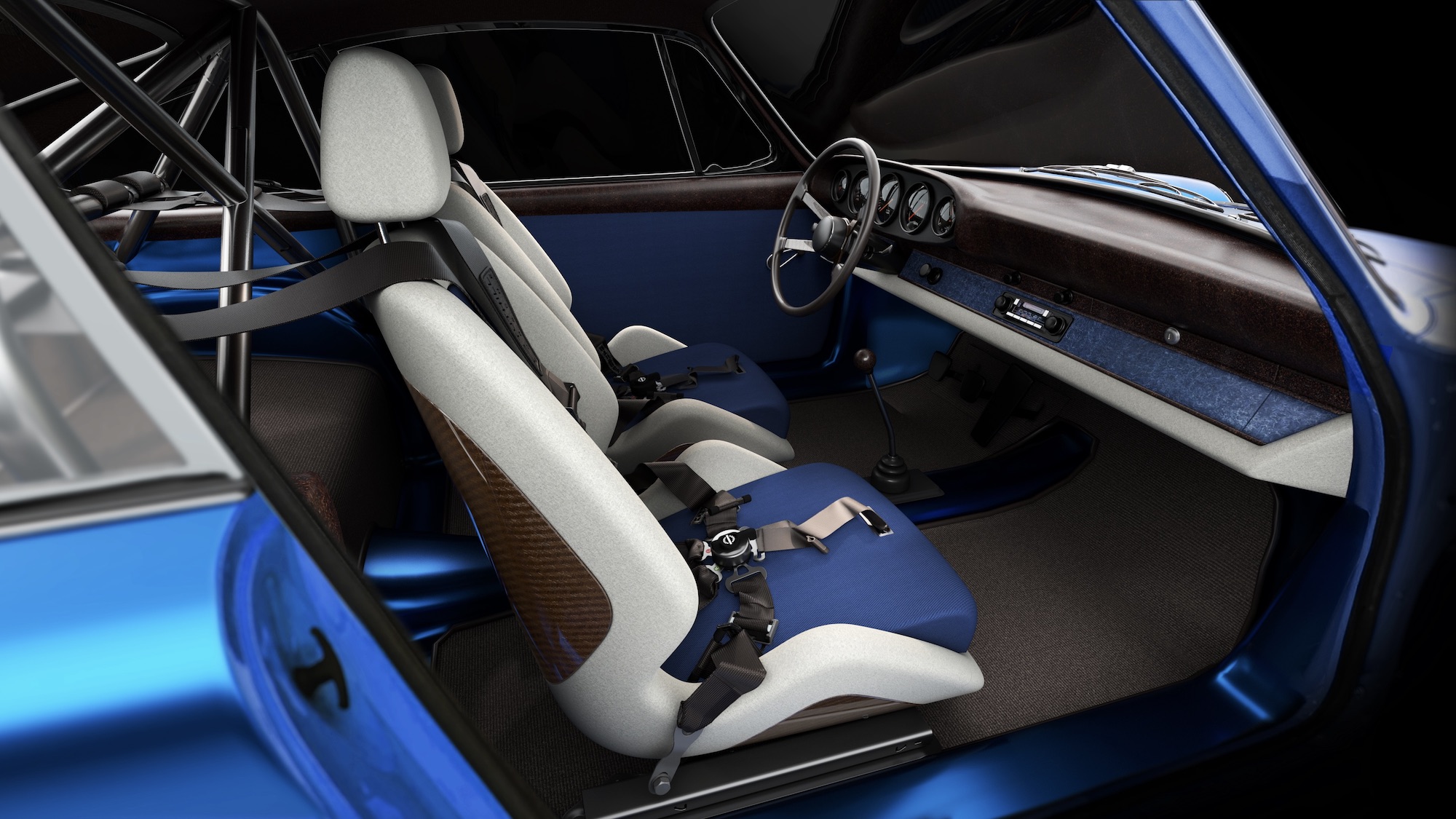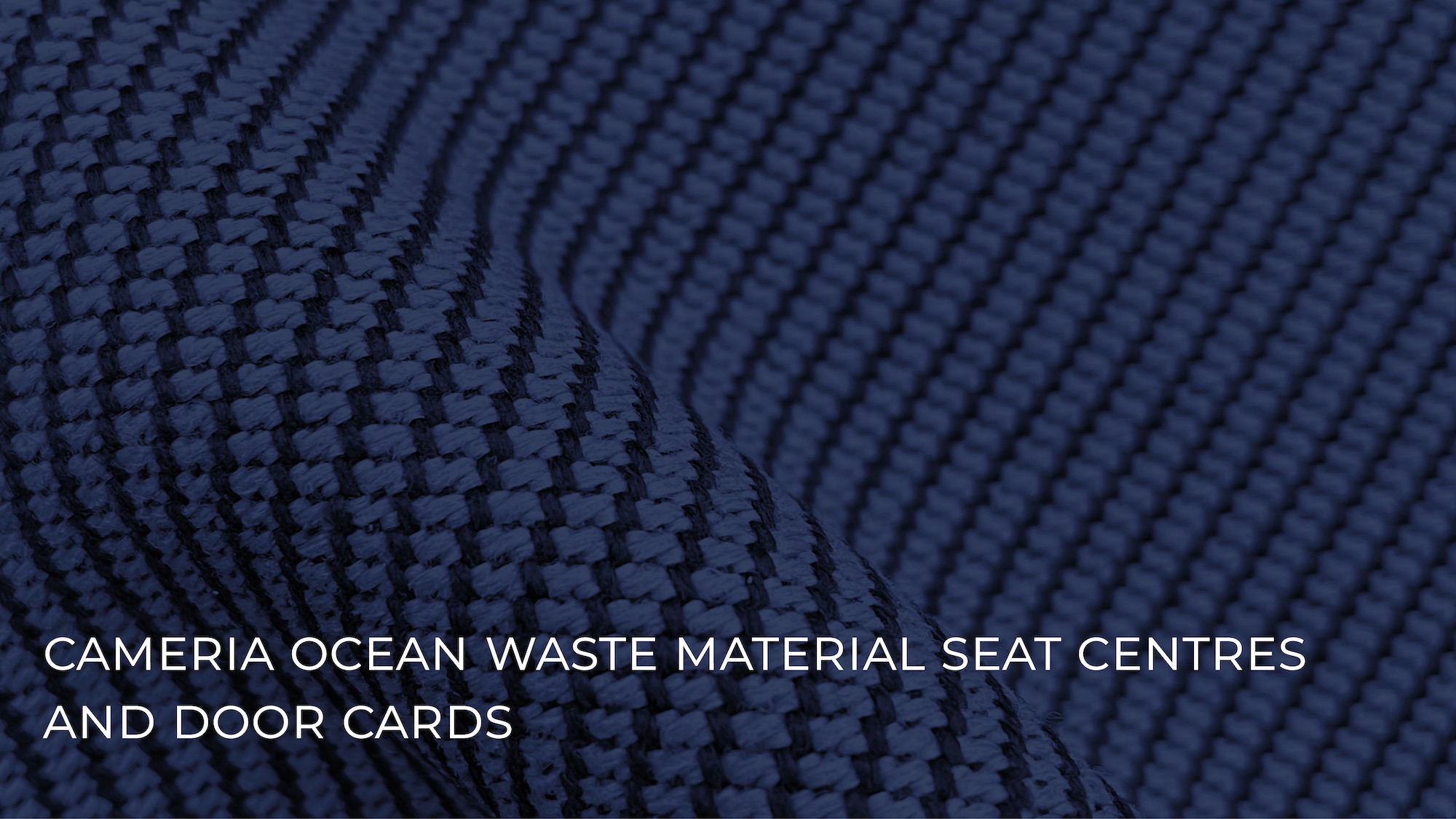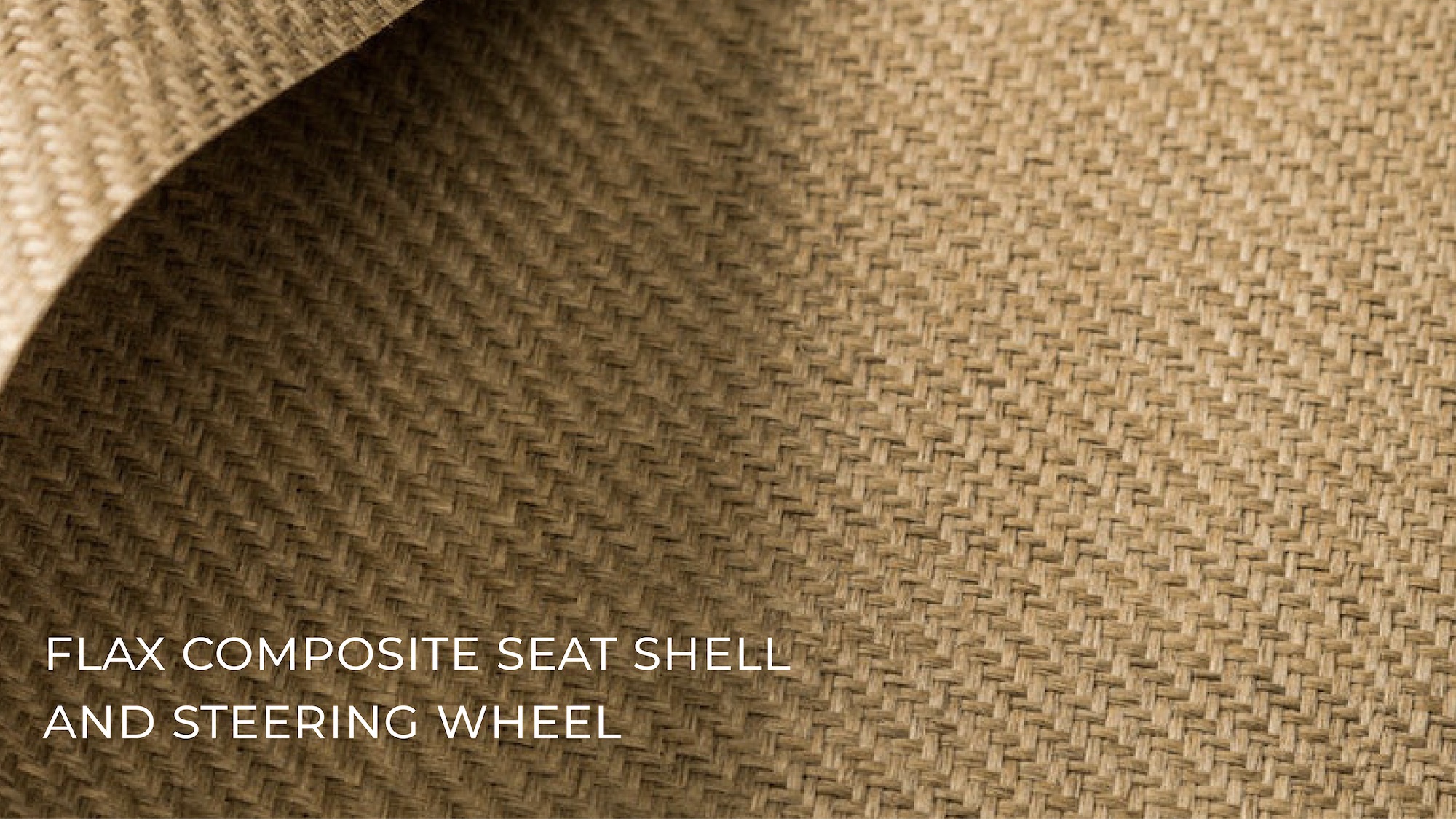
Ian Callum reckons your next car interior could be made of coffee, lentils and walnuts
Today’s hipster breakfast could be tomorrow’s hip bolster. And no, kale, you’re still not invited
Nice-looking Porsche 911 interior, right? It’s exactly what you’d want the interior of modified classic 911 to be: clean, minimalistic, as focused as an industrial laser, and... made from coffee?
Well, technically coffee pulp – the fruit in which coffee beans are found, which gets discarded in our relentless pursuit of crema and caffeination – and that’s only for the dashboard. The seatbacks and steering wheel use the same material as linen shirts, a walnut and eggshell mixture takes the place of plastic trim pieces, and the seats and door mats are made from plastic that’s been retrieved from the ocean and recycled. Apparently, lentils (or rice) that’s gone out of date can be used for switchgear and lenses for lights, but we’re reliably informed that even the crustiest table bread will not withstand the rigours of a rollover bar.
By now, you probably get where Ian Callum – and the design/engineering business that bears his surname – are going with all of this. And yes, it’s the ‘Hey, we really do throw a lot of things away’ concept that will, in all likelihood, have future generations looking back at us with the kind of disdain we hold for witch trials, miasma and bloodletting. ‘You mean they threw uneaten food in the ground and left it there to rot?’, ‘They used one of the most durable materials ever created for disposable products?’... that sort of thing.
By Callum’s estimate, viable, automotive-grade and production-feasible materials could be commonplace as soon as 2030 – because each of the materials you see on the ‘SMS design study’ 911 you see here already meet those requirements. That means they’re durable enough for a lifetime of automotive use... which is more than we can say for the plastics in early 2000s European cars.
In terms of safety, the recycled materials can often be better than so-called virgin products – the coffee pulp material is flame-resistant, apparently, dyes can come from purple carrots (they were originally purple before being mucked with by the Dutch, dontchaknow) and tree leaves can take the place of stained wood veneers. And as we’re not exactly inundated with stories of people being poisoned by leaves and carrots – or indeed being burned by vicious fruit fires – we’d suggest they seem safe enough.
As for the safety of driving – or indeed modifying – a classic 911? Well, in both cases, we’d say the best idea is ‘gently does it’. At least until you’ve had a coffee, no?
Top Gear
Newsletter
Thank you for subscribing to our newsletter. Look out for your regular round-up of news, reviews and offers in your inbox.
Get all the latest news, reviews and exclusives, direct to your inbox.










